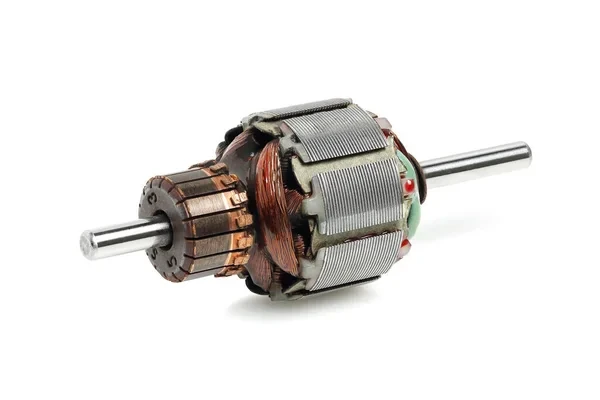DC motors (Direct Current motors) are electric motors that convert electrical energy into mechanical energy. They usually work with batteries or direct current sources. These motors are frequently preferred in industrial and hobby projects due to their speed control and high torque capabilities.
The working principle of DC motors is based on Faraday's law of electromagnetic induction. The magnetic field in the rotor (rotating part) of the motor interacts with the magnetic field of the stator (stationary part) and creates a rotational movement.
Stator: It is the part that provides the fixed magnetic field. It usually contains a permanent magnet or electromagnet.
Rotor (Armature): It is the rotating part. There are coils wound on it.
Commutator: It regulates the direction of the current and provides continuous rotation.
Brushes: The parts that transmit the electric current to the commutator.
Brushed DC Motors:
It has a simpler structure and is low cost.
The direction of the current is changed by means of the commutator and brushes.
Usually used in toys, small fans and portable electrical devices used.
Brushless DC Motors (BLDC):
Uses electronic control circuits instead of brushes.
Longer lasting, more efficient and quieter.
Widely used in drones, electric vehicles and computer fans.
Electric vehicles (EBike, electric scooters)
Industrial robots and automation systems
Hobby projects and robotic applications
Computer fans and home appliances
Easy speed control
Simple design
Low-cost options available
Brushed motors wear and maintenance requires.
Efficiency is lower than brushless models.
DC motors have an important place in the world of technology thanks to their simple structure and wide range of use. Choosing the right motor is of great importance, especially in robotics and electric vehicle applications. Brushless DC motors are expected to be used more widely in the future.
